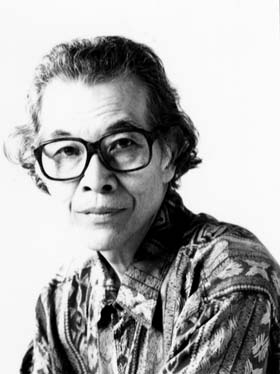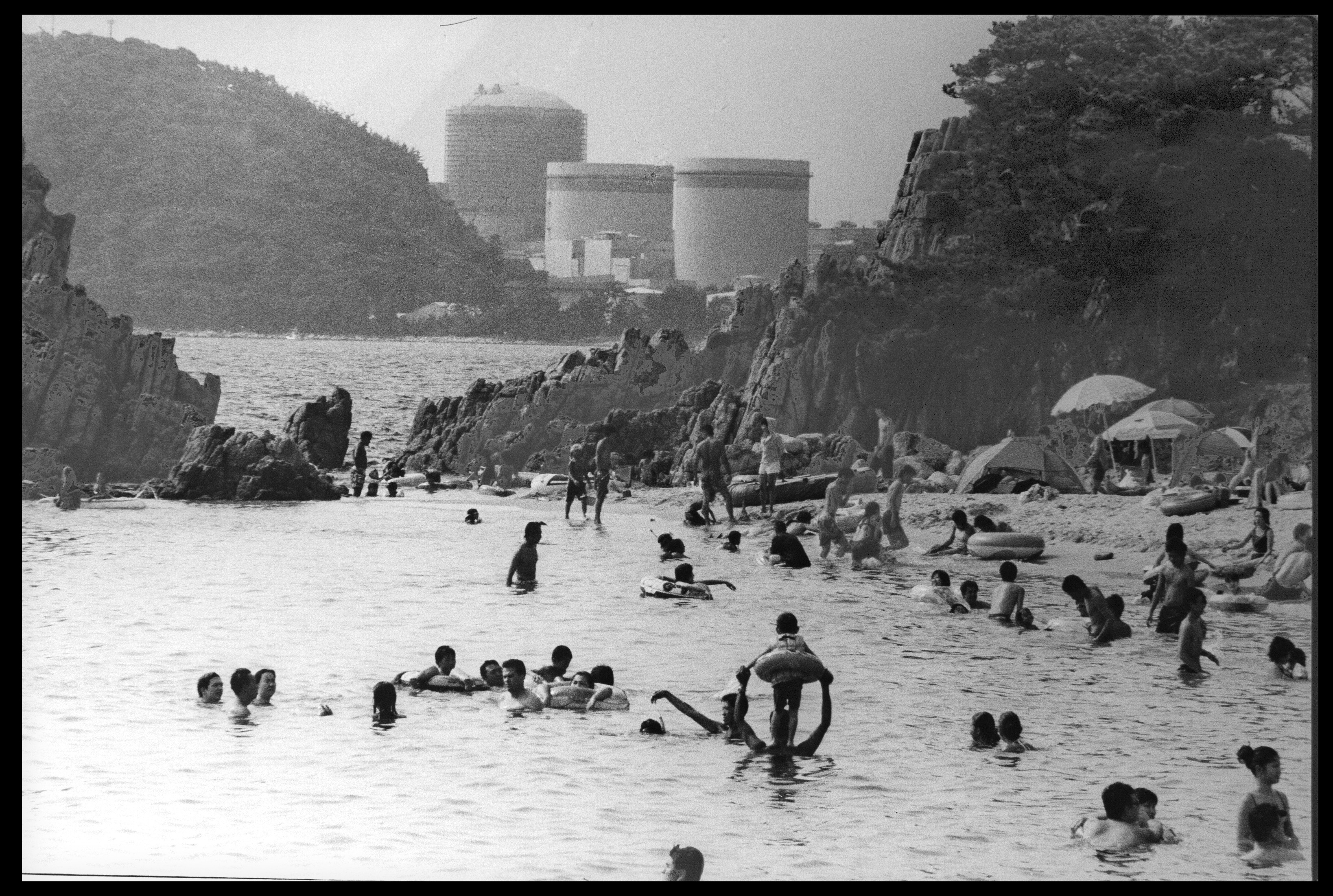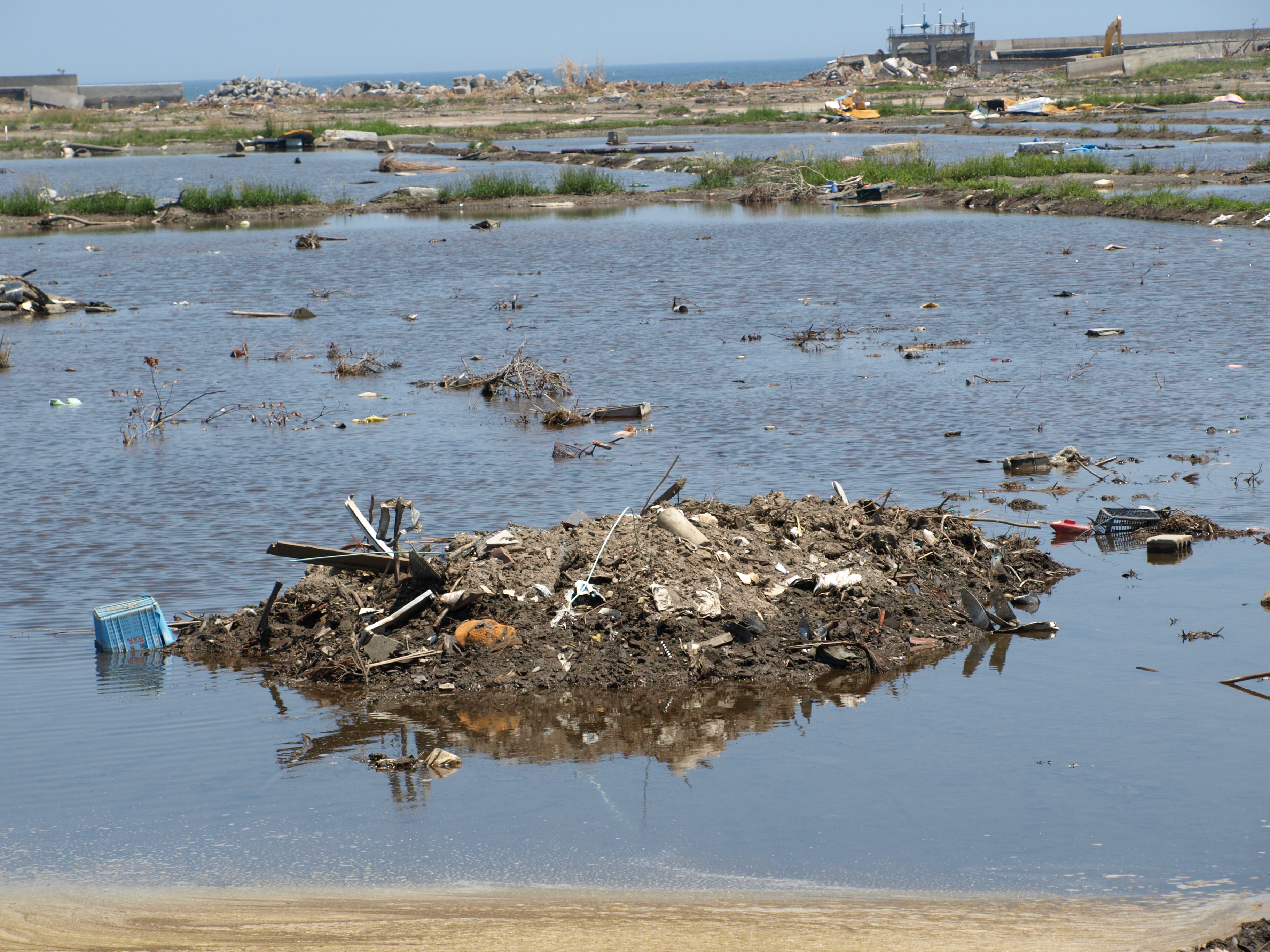Kenji Higuchi

Kenji Higuchi (1937) has been a professor of photography at several institutions in Tokyo, and an instructor at the Nippon Photography Institute. He is the eldest son of a farmer and at the age of 24 took up photography after viewing Robert Capa‘s famous war photos. He published some of the first images of nuclear workers toiling inside a reactor in 1977. Higuchi’s photos mainly depict people and situations associated with nuclear issues and in 2011 he won a Nuclear Free Future Award. The man with the gifted eye instructs his students: “Telling images need not cry out – what impresses may spring from quiet witness.”
Higuchi has documented the struggles of radiation victims and, over a half-century, has written 19 books, including The Truth About Nuclear Plants and Erased Victims. For almost thirty years Higuchi has focused his camera on the nuclear industry’s silent victims. Many of Higuchi’s images can be viewed as indictments. His compelling set of images documenting the roving workers of Japan who perform “clean energy’s” dirty clean-up served as inspiration for a BBC documentary entitled, “Japan’s Nuclear Gypsies.” Since the 2011 Fukushima nuclear accidents his work has gained more attention.
Scattered across the island nation of Japan are 17 commercial nuclear power stations outfitted with 52 reactors. That makes Japan, per capita, one of the most nuclearized nations on earth. Yet, historically, there has been little public opposition to the tacit cooperation between the Japanese government and the nuclear industry. Thanks in part to Higuchi’s graphic work this is beginning to change. Conceived as a subtle, eye-opening account for students, teachers, and the lay public, “Irradiated Workers Disappear in the Dark”, one of Higuchi’s eight volumes of photography, became a surprise best seller. Even more successful was his book of images entitled, “This is a Nuclear Power Plant.” The term hibakusha formerly referred to the radiation victims of Hiroshima and Nagasaki. Higuchi’s images have extended its current meaning to include the many peripheral casualties of nuclear technology’s so-called peaceful use.
Higuchi’s English interpreter: Taiji, Igarashi, Tokyo, Japan










